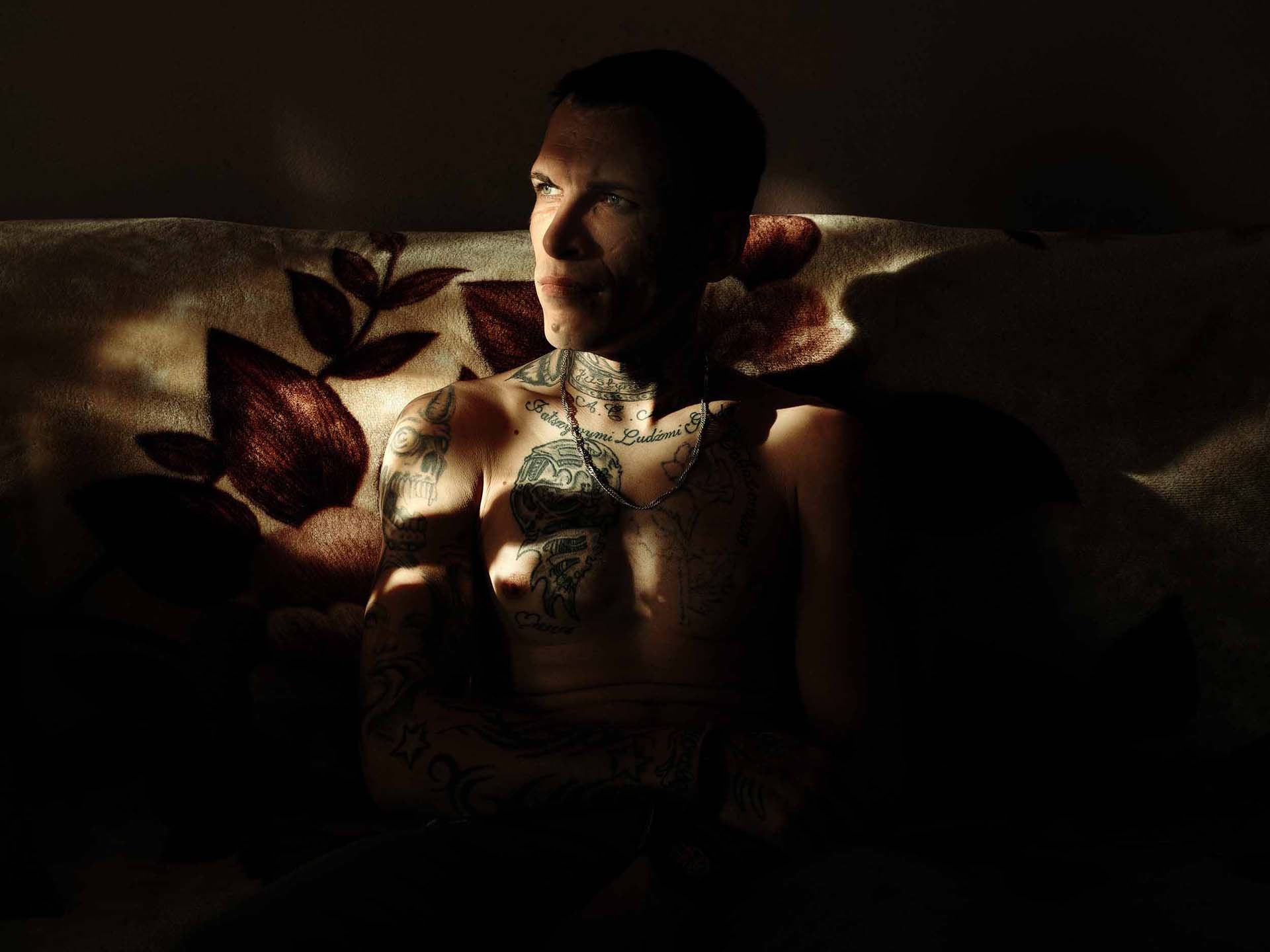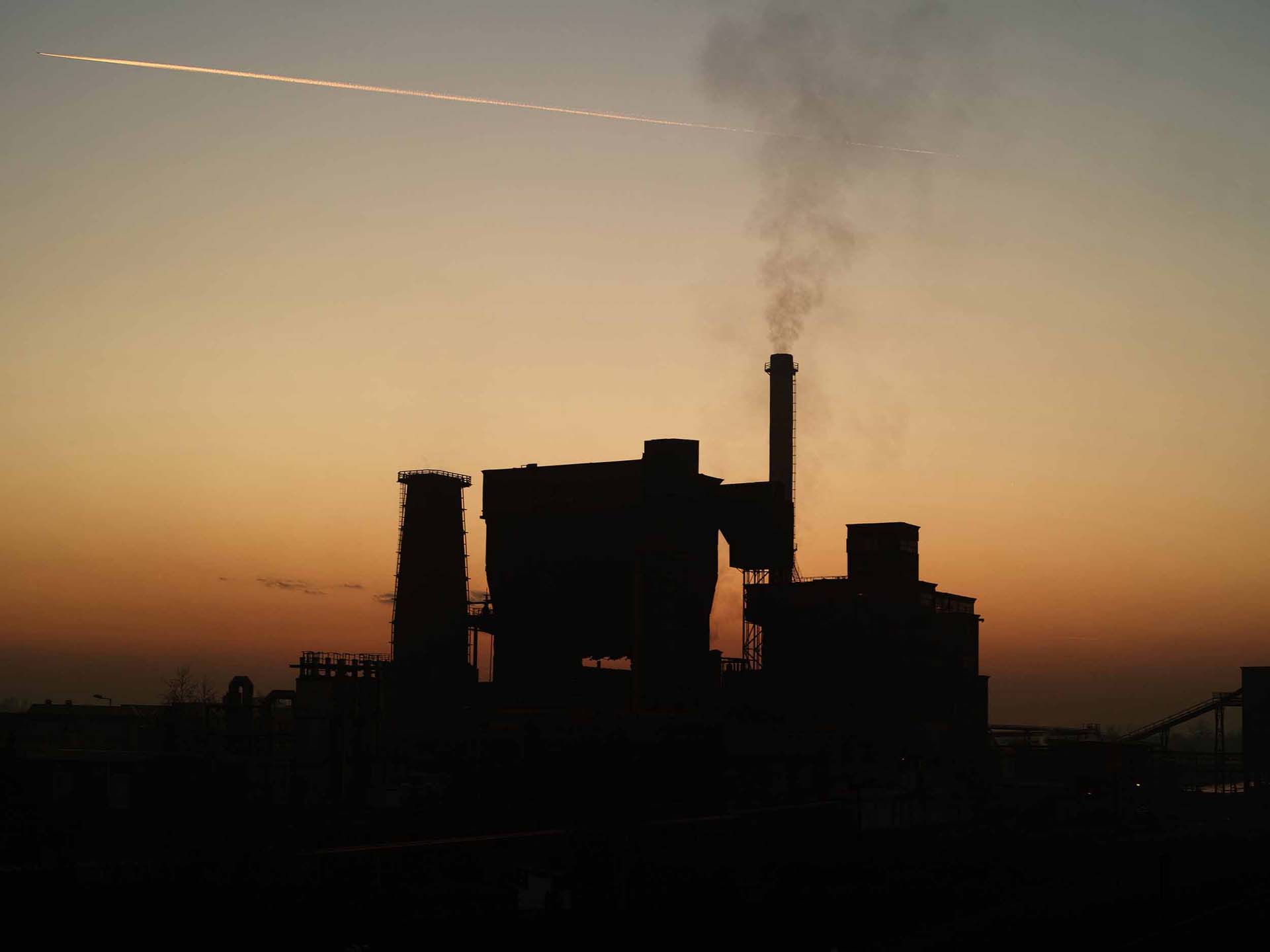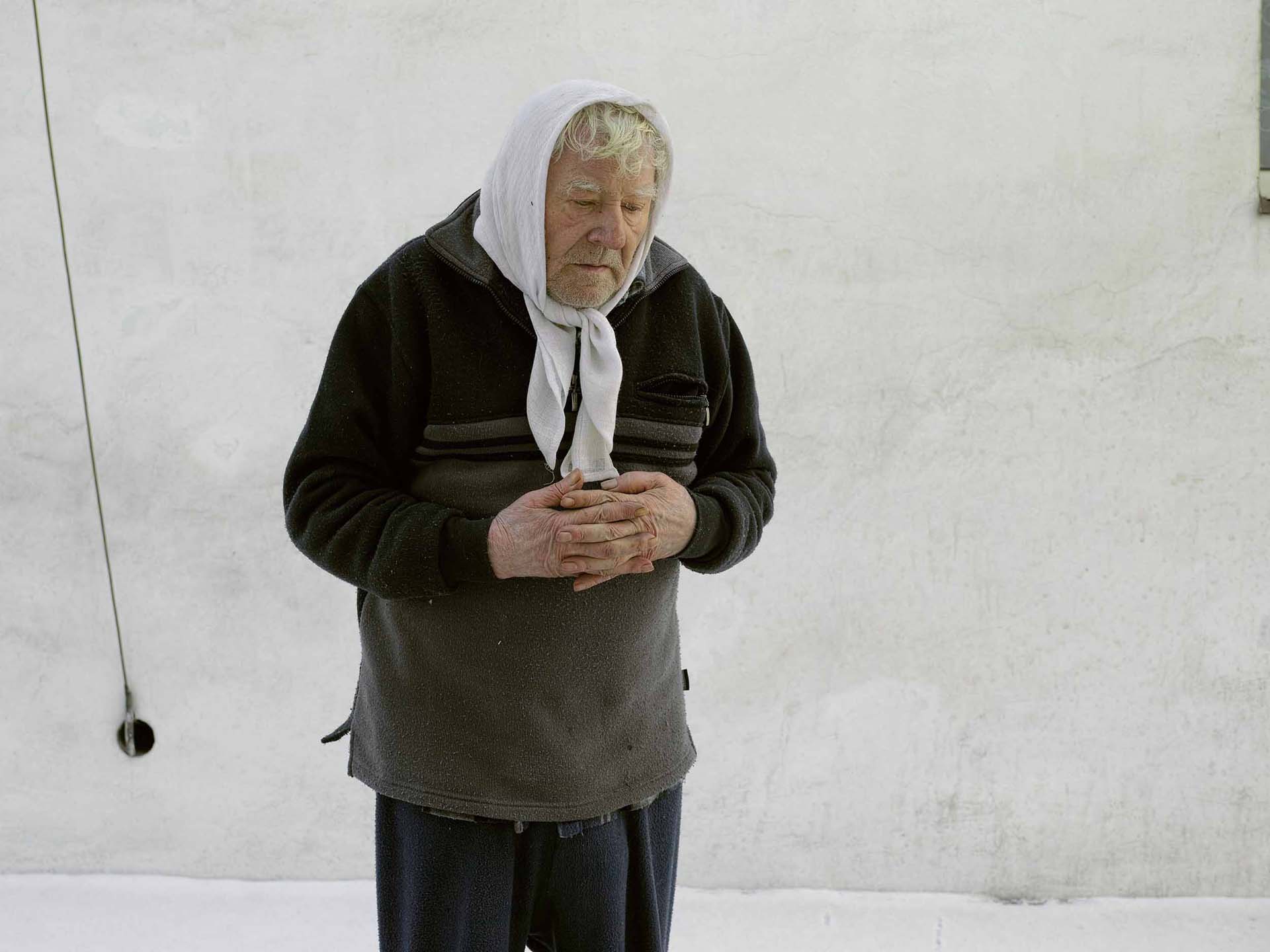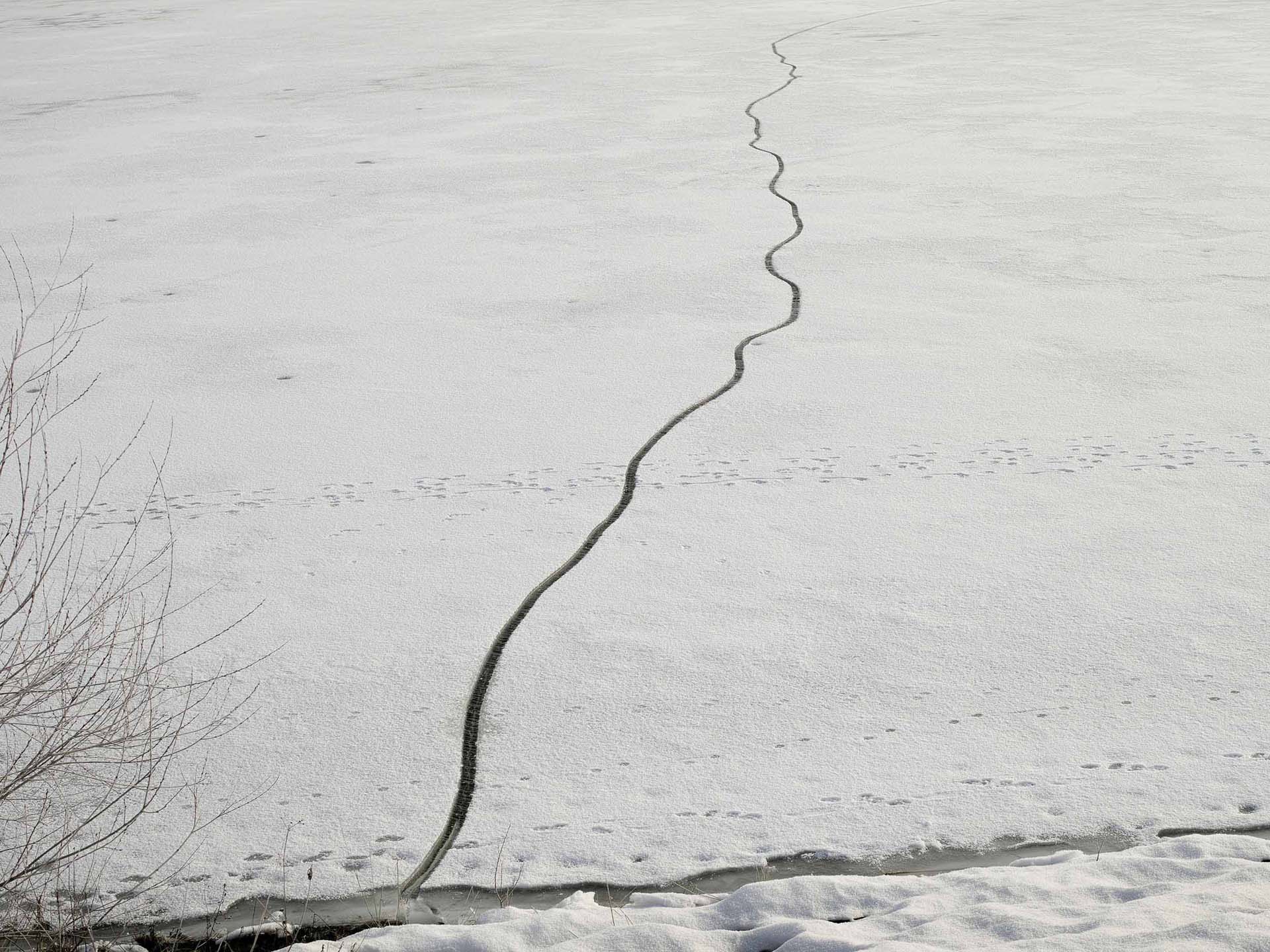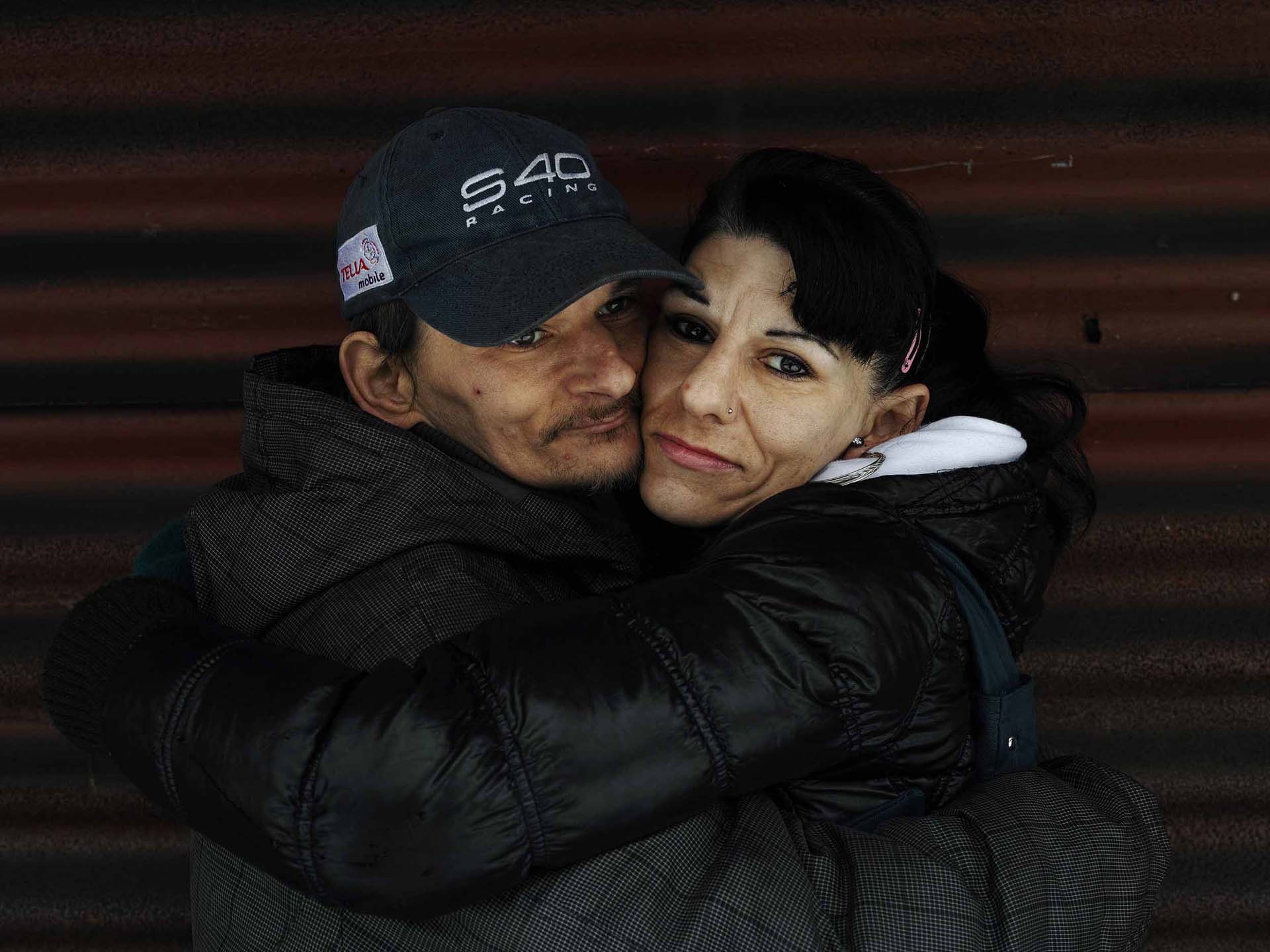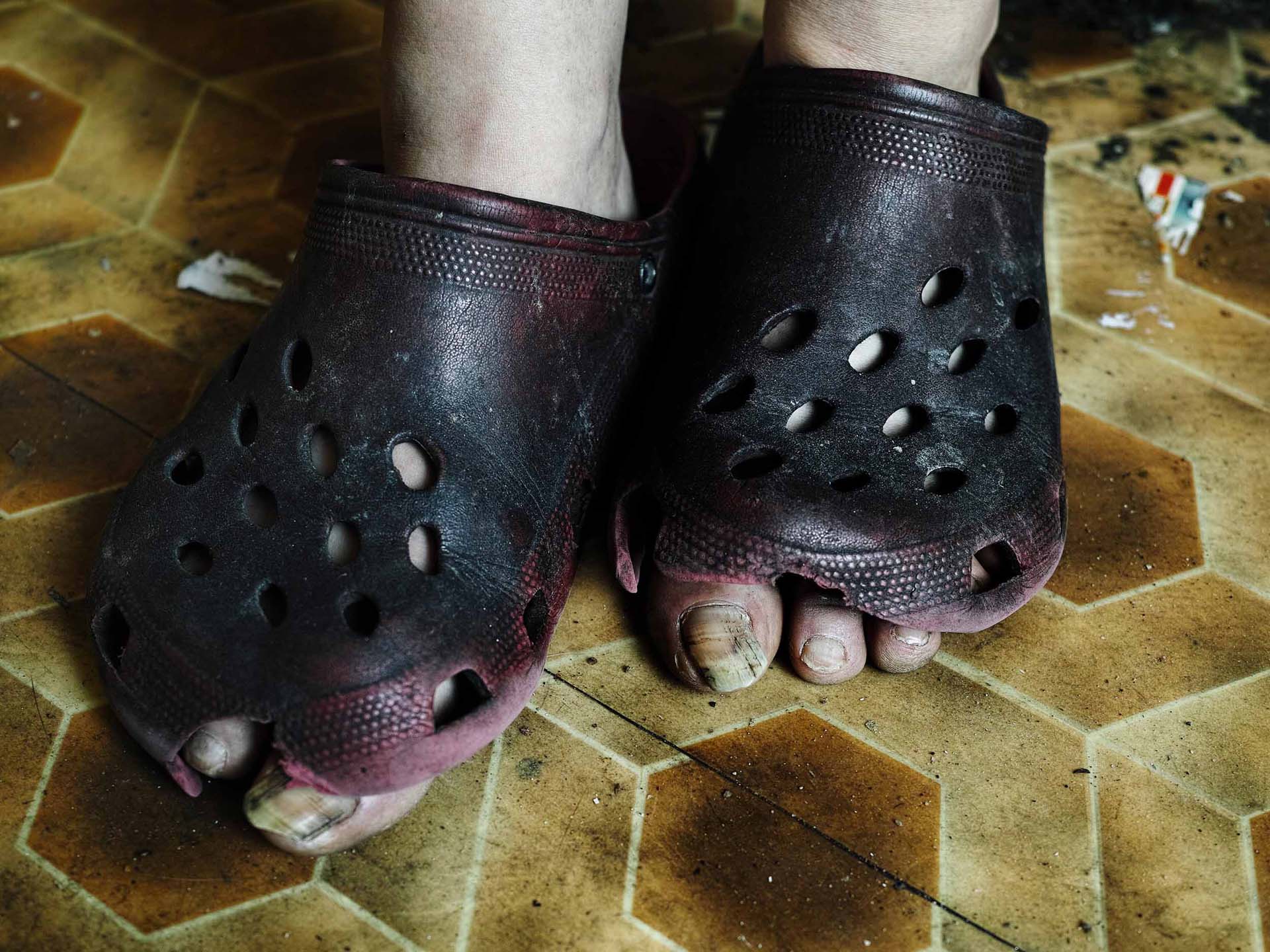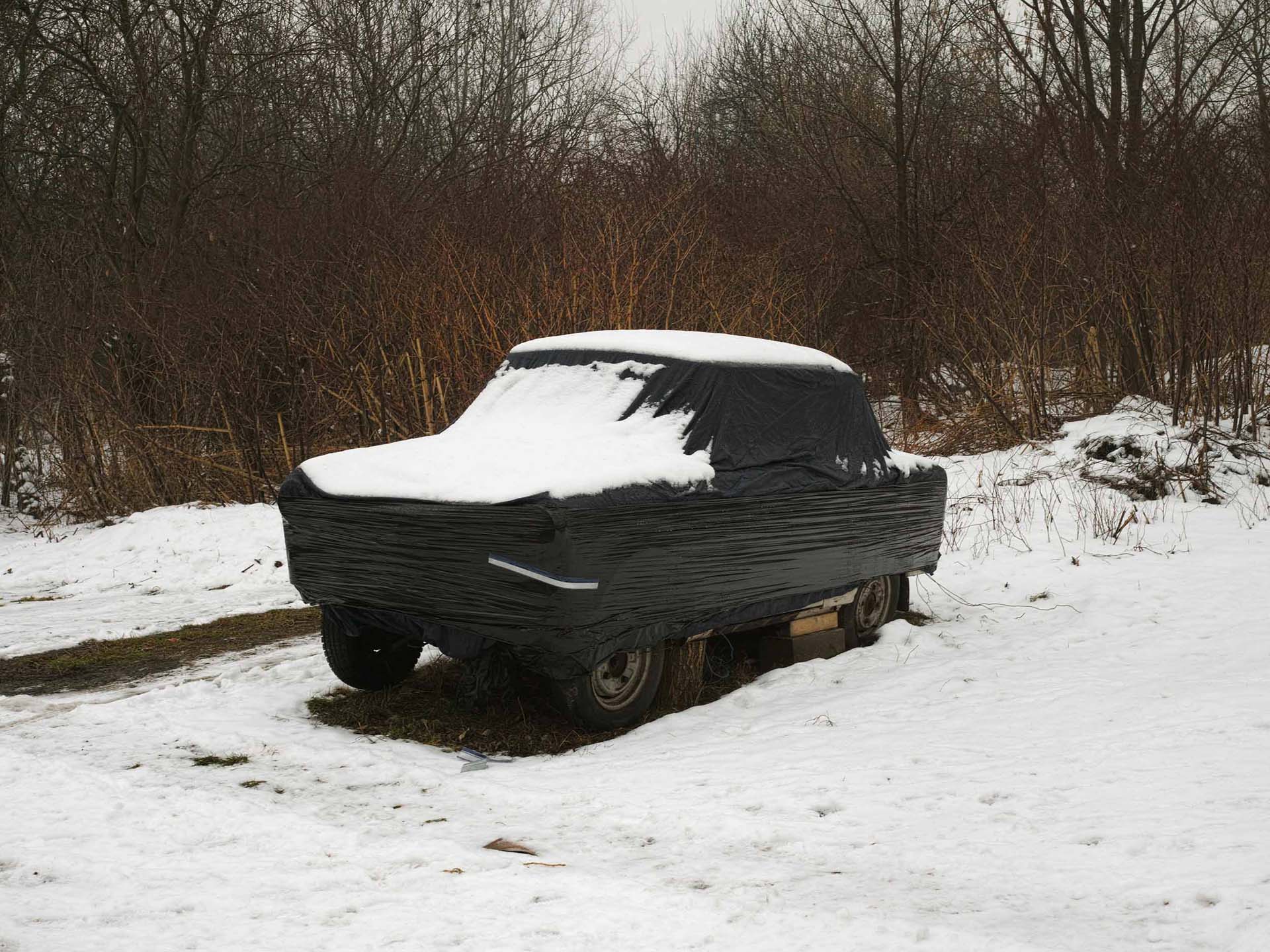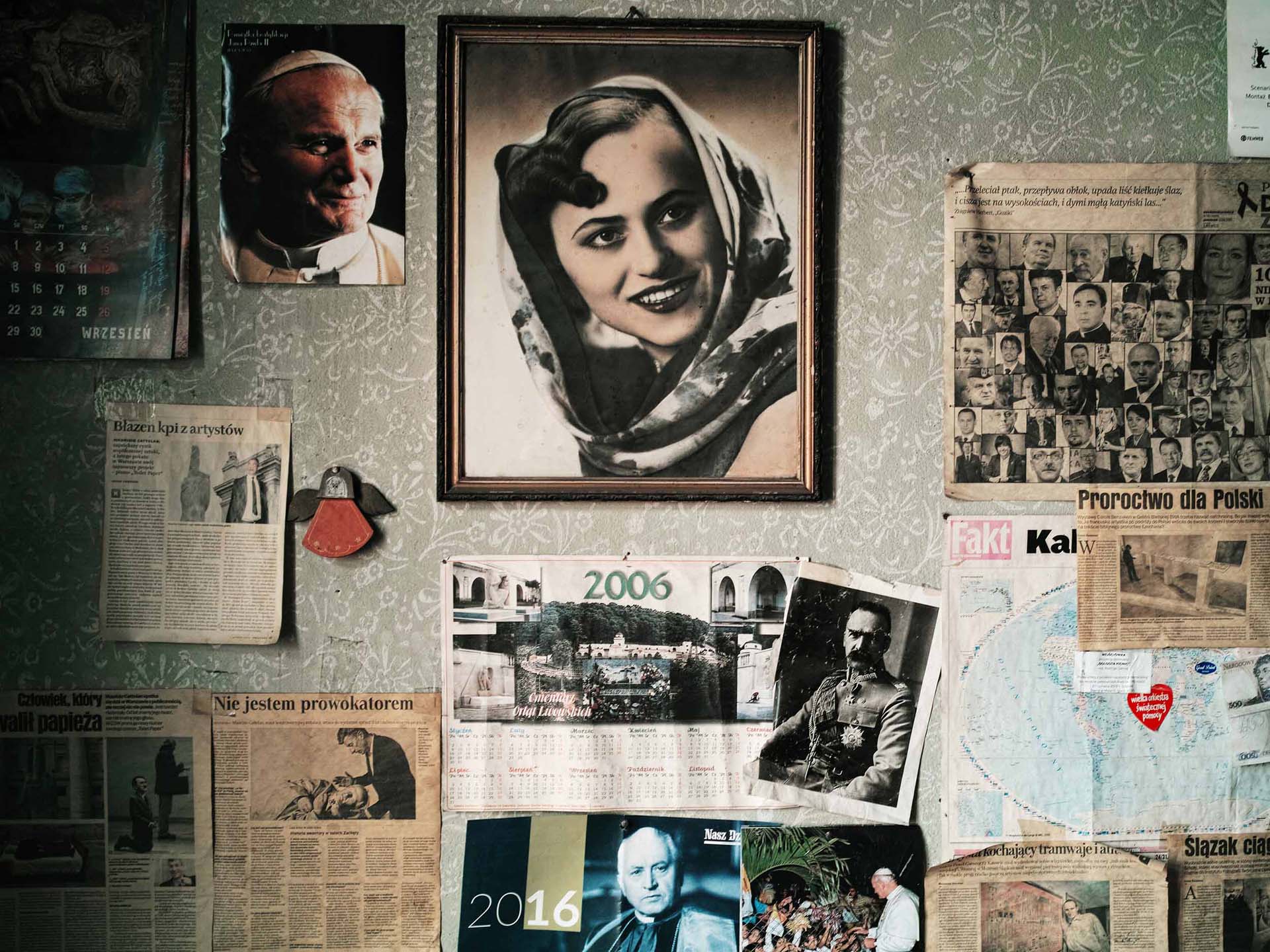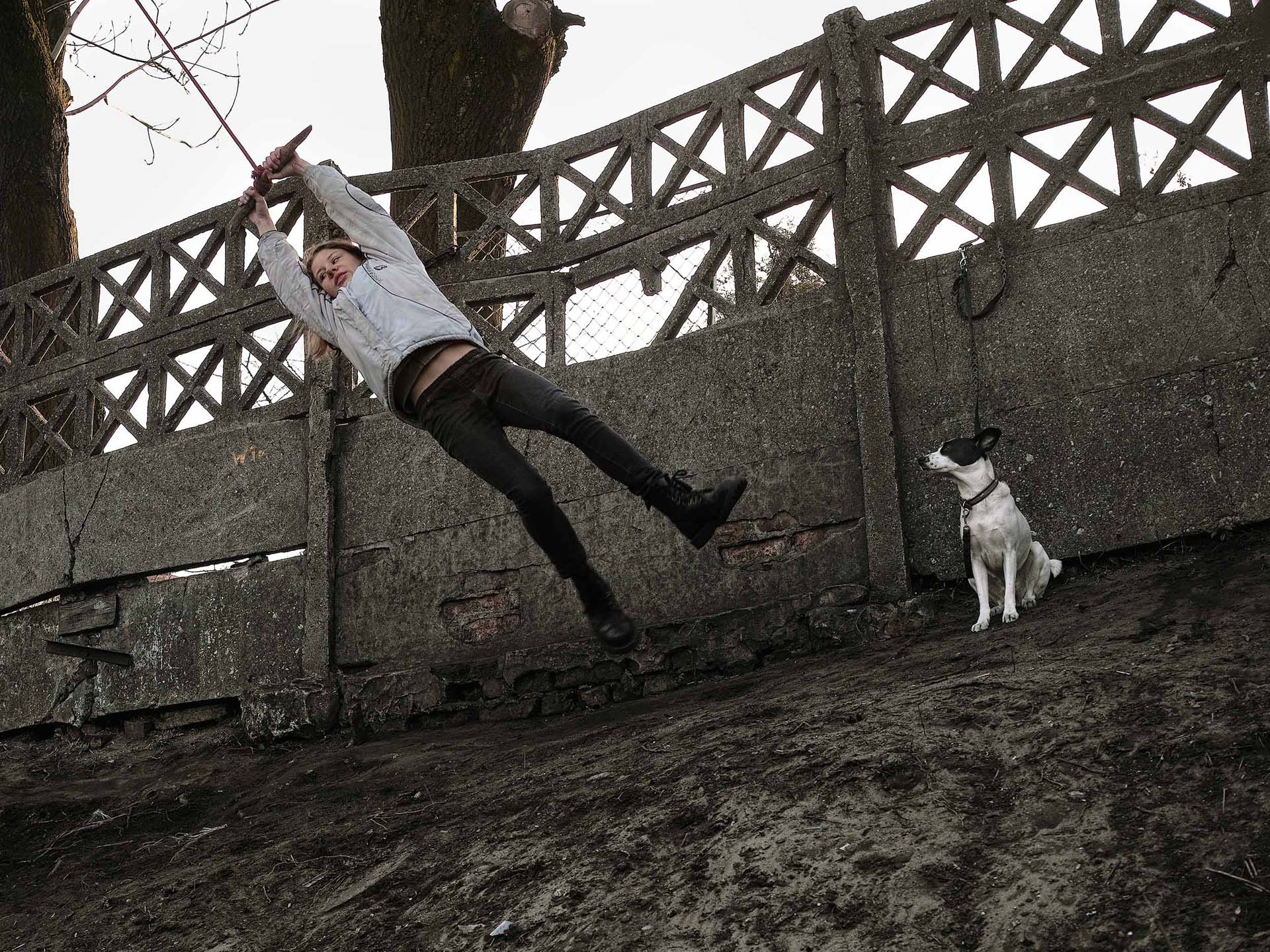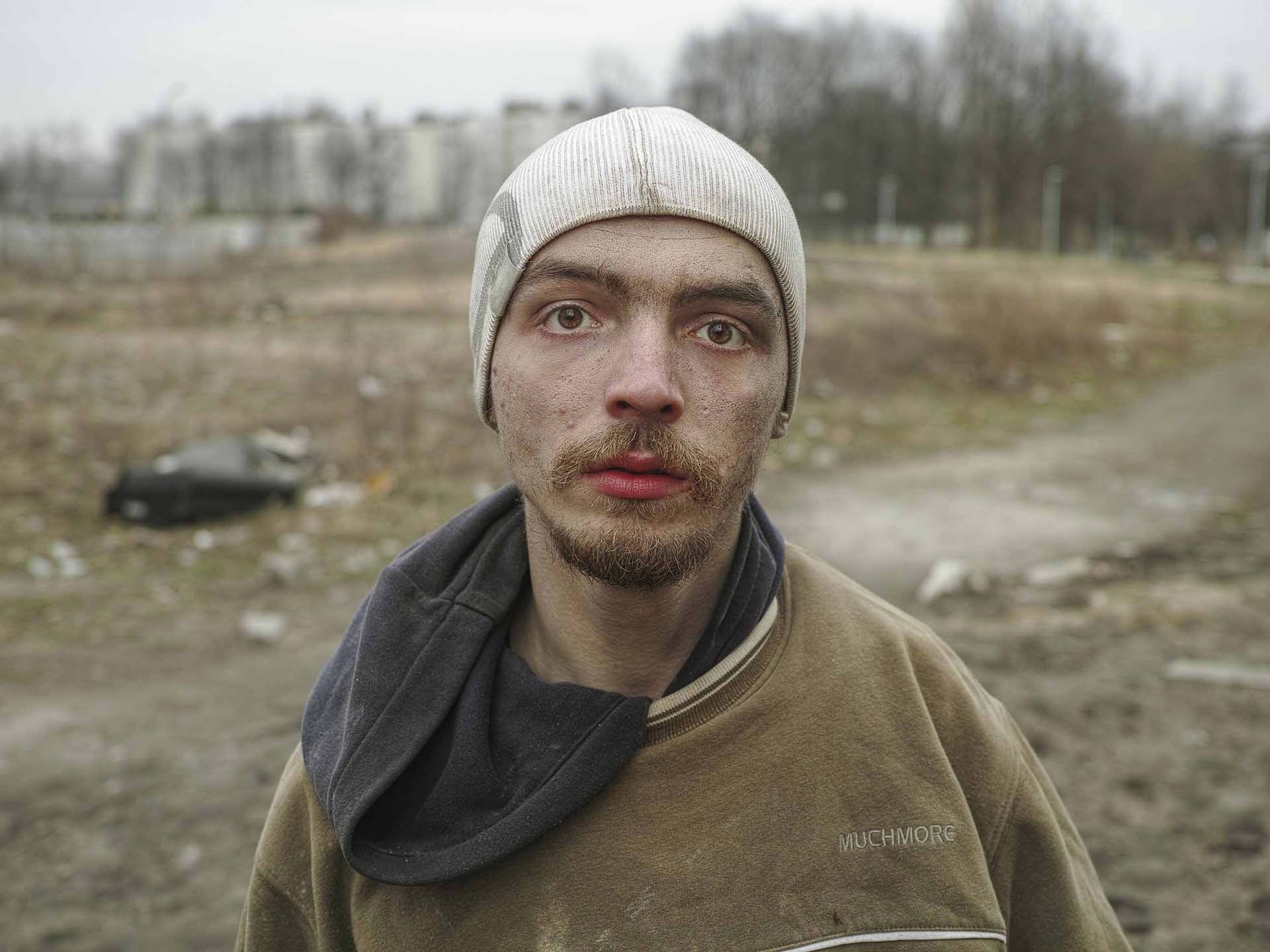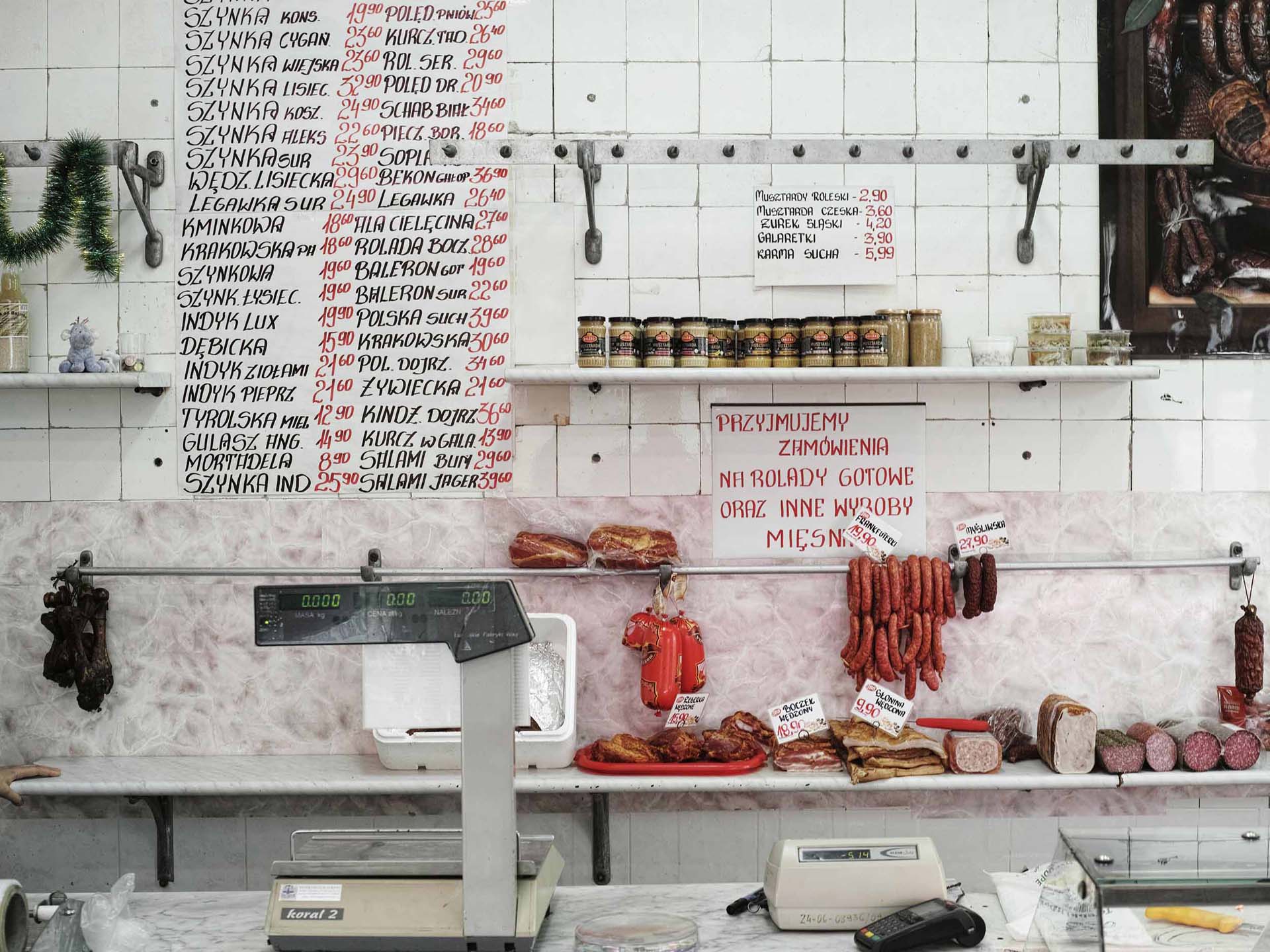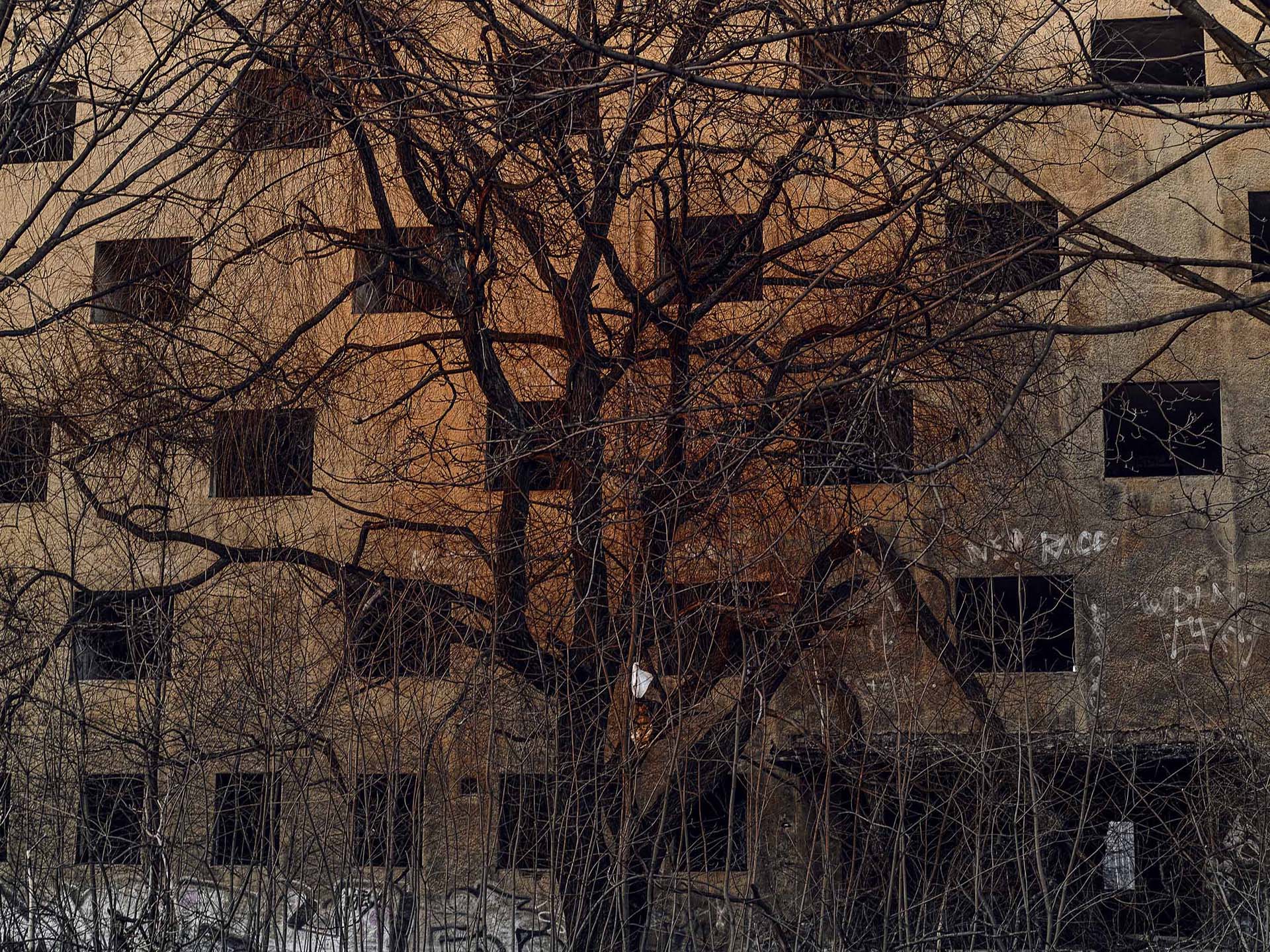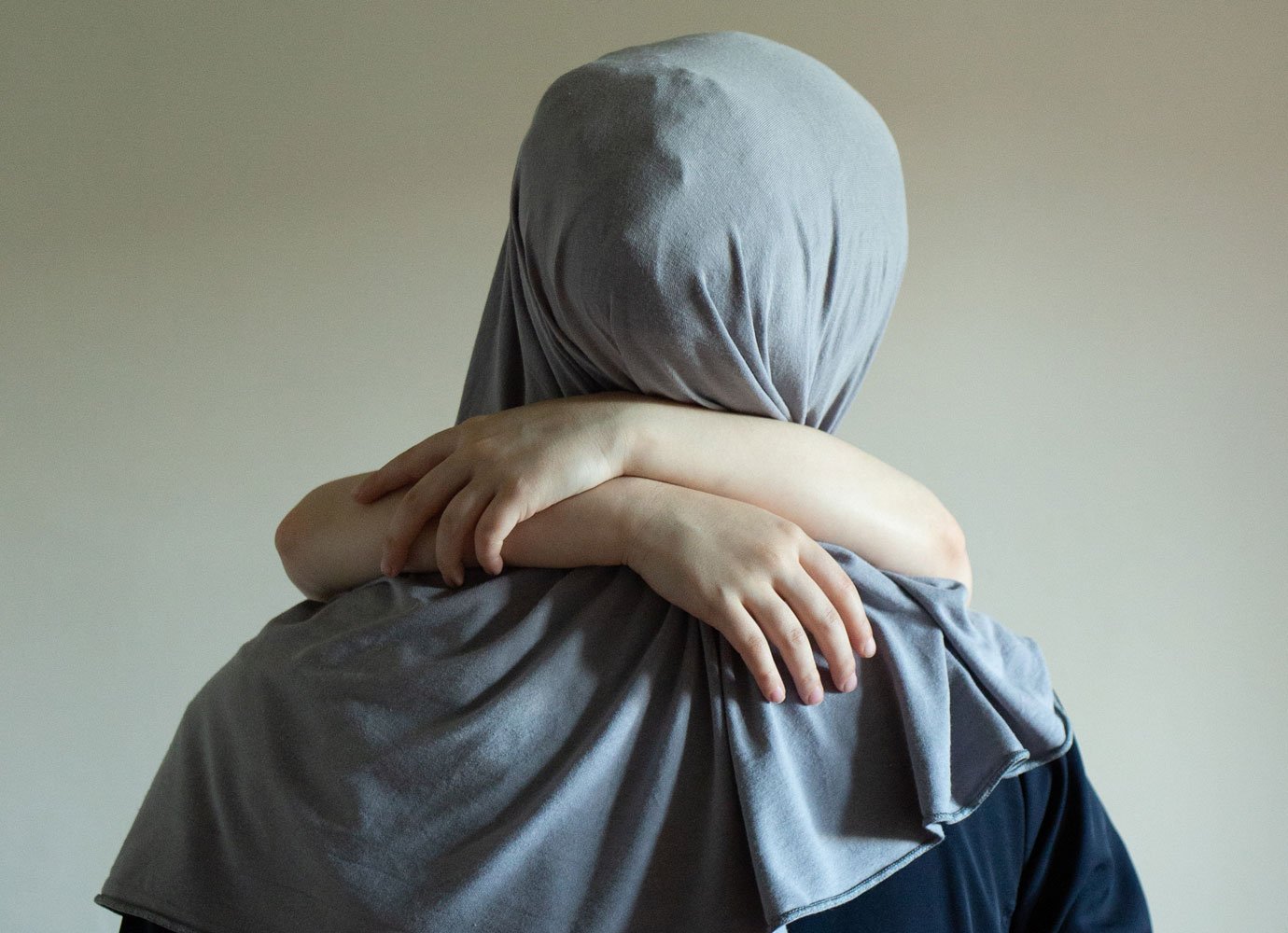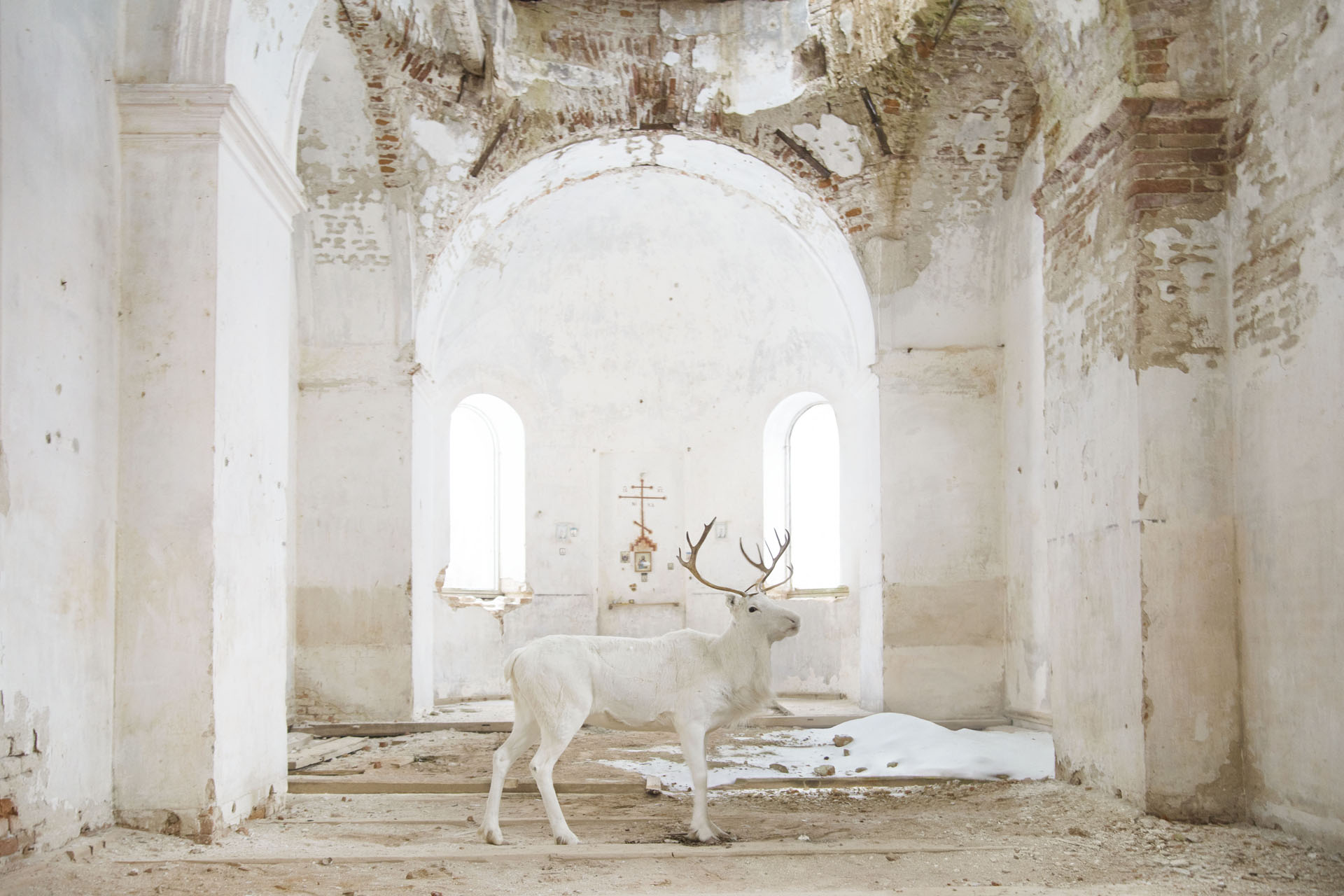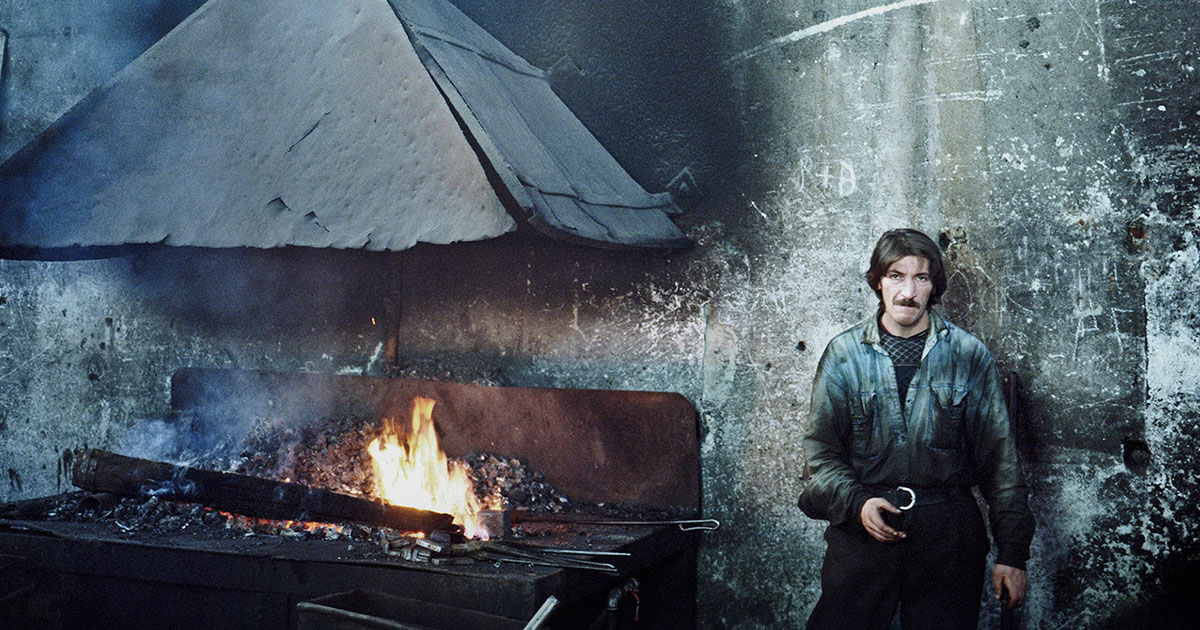Biking around Upper Silesia, photographer Tomasz Liboska captures the uncertain road that lies ahead
Our biennial New East Photo Prize is back — this year, with 11 new finalists. Below, get to know Polish photographer Tomasz Liboska and his series Turn Around on Poland’s industrial legacy and the people who live in its shadow.
Plumes rise above a dramatic winter sky in Poland’s coal heartland. A lone figure, walking on frozen ice, breaks the stillness of the landscape, as if to drive home the stark vastness of the surroundings. Sunlight pierces through dark cloud cover: it’s unclear whether a storm is brewing, or whether it’s already over. Taken by Tomasz Liboska, it is a powerful image that, even without the presence of the region’s omnipresent heavy industry, captures the economic uncertainty that hangs over the population of Upper Silesia.
“I remember my dad used to take me on trips to Upper Silesia and everything seemed so huge for me at that time: the steelworks, the chimneys, the factories, and mines were the biggest buildings I had ever seen,” recalls the photographer, who grew up near the country’s border with Czech Republic and moved to Upper Silesia after his studies in Cultural Anthropology to work at a regional ethnographic museum. It was photography that helped him familiarise with his adopted city of Chorzow. Turn Around is made up of photos taken over four years cycling to and from work, and observing the evolution of the post-mining landscape. “There is no story behind it,” he confesses. “Some days I’d ride wherever I felt like and discover little paths and cul-de-sacs along the way.”
The region is still in the throes of a crisis wrought by the collapse of communism three decades prior, but is now also facing a new set of challenges: depleting coal deposits, an aging population, a shortage of miners, the high level of air pollution, and a growing pressure to abandon coal for clean alternatives. This year, Poland agreed to phase out coal mines by 2049 with mounting worries over further job losses.
Any information you might encounter about Upper Silesia online is usually distilled into stats, whether that’s to do with the increasing price of Polish coal (in 2017, it reportedly cost $76 a tonne to dig out), the number of jobs that rely on its production, or the rising rate of coronavirus transmissions among miners. Rarely do we get to see what everyday life is really like in this corner of the world.
Some former mines and factories have assumed new identities as commercial hubs, malls, cultural centres, and theatres. Tourists with a penchant for ruins can follow the Industrial Monuments Route, a trail that connects the landmarks of bygone infrastrastructure across Silesia. At the same time, there are new industries moving to post-mining sites and creating jobs, such as the Amazon logistics centre in Sosnowiec. Today, Poland’s industrial centre seeks a new identity.
“Generally, everyday life looks no different to other parts of the country,” says Liposka. “People are running private businesses of different kinds. Many cities are attracting new investors. There’s the emergence of the new middle class – young, educated people, that dance and socialise much like their European peers.”
However, not everybody benefits from these changes. “There are still enclaves, places where many people remain without work, falling into the cycle of social problems.” Turn Around addresses these blind spots by revealing the ways that locals have had to adapt to survive turbulent economic times.
“I took a picture of the hands of a man called Dawid, whom I met when he was trying to dismantle an old gaming console. The copper inside can be sold for cash,” says Liboska. On one occasion, he struck up a conversation with a man he saw collecting scrap metal to sell in a local junkyard. “He was pulling a cart along. We talked for a while and I asked how much a kilogram of cans was worth. We met a few weeks later and now when we pass each other, we always stop for a chat.”
In fact, a few of the protagonists who feature in Turn Around have become close acquaintances. “Sometimes, I invite them for dinner. Other times, they have me for coffee. I make sure that people are happy to have their photo taken. Even during those incidental meetings, I never photograph without a person’s consent. I like to make them pose for the camera in full awareness of what is being done.”
Liboska started this series by photographing everything and anything that was interesting to him. “I feel at ease approaching people and try to make good use of it.” With time, he says, “these people have become important to me.” For a region that is so often associated with the cold inanimacy of heavy machinery, Liboska pours his energy and time into photographing real lives. “It was not easy to realise — with ruined buildings and social problems come stories of real people.”
